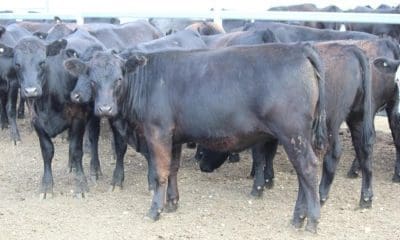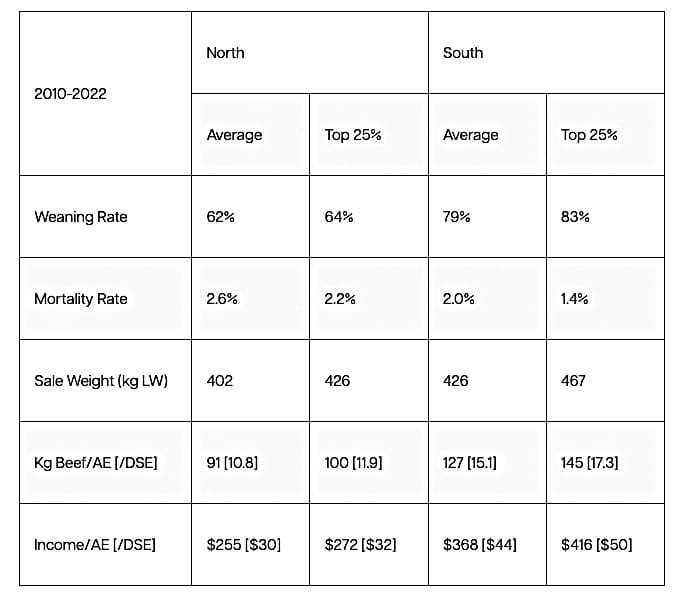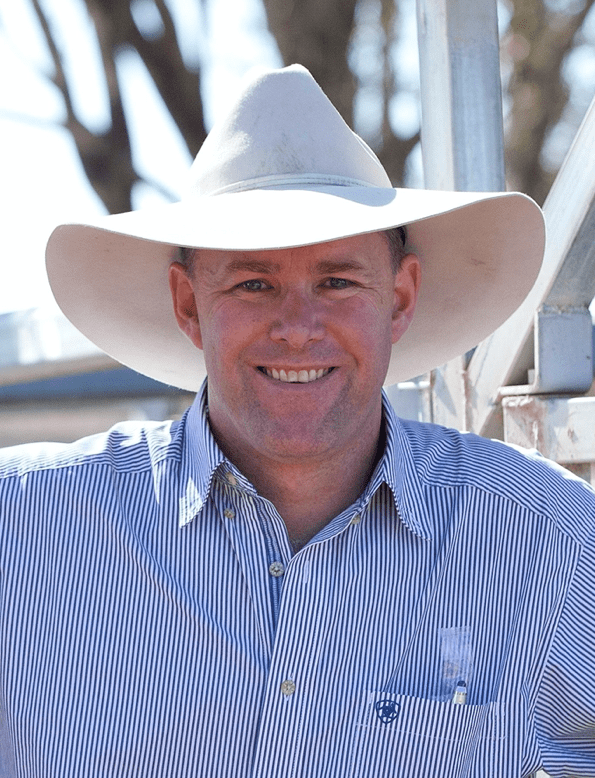IN tighter-managed spring-calving herds, February is often the month where weaning and heifer selection decisions take place.
While selection decisions around heifers may not be finalised until after pregnancy testing and culling aged or unsuitable breeders has been completed, setting some targets for heifers from weaning through to joining should be a strategy for all producers.
 There have been numerous recommendations for the management of replacement heifers over the years. Most focus on management of the stages of development from weaning to joining, particularly regarding liveweight growth to joining as well as then managing the growth of the heifer from joining to calving.
There have been numerous recommendations for the management of replacement heifers over the years. Most focus on management of the stages of development from weaning to joining, particularly regarding liveweight growth to joining as well as then managing the growth of the heifer from joining to calving.
Many producers would have seen at some point, recommendations from state departments of agriculture, Meat & Livestock Australia or consultants on target liveweight and fat scores for breeds at specific stages of growth. While these benchmark tables often provide a useful target, the variation in maturity patterns within breeds has had some impact on the usefulness of generic breed weight tables.
In recent years there has been much more recognition of the variation within breeds and as result recommendations for heifer management have been realigned as a result.
Part of the realignment in the advice for heifers has focused on the concept of Critical Mating Weight (CMW). This term refers to the target weight at which 85 percent of heifers are expected to conceive within two oestrus cycles (45 days).
Given the variation that occurs across breeds and within breeds, this effectively means that producers should establish their own Critical Mating Weight. This value is set at 65pc of the mature cow weight of the herd.
In effect, this places the responsibility for setting target weights squarely with individual producers. Just as there is wide variation between breeds and within breeds, there are as wide levels of variation within individual herds.
Producers firstly need to weigh and understand the average mature weight of their breeding herd. Not only is this essential in setting a realistic CMW for a herd, it is also valuable in showing the amount of variation that exists in the breeding herd, and as result can form the basis for more targeted selection to remove the extremes within the herd (both from the larger & heavier to the smaller and lighter ends).
While this is not necessarily a new development for producers, it is worth considering the economic value that can be derived from better strategies in heifer development and management.
Data from +14,000 heifers
A study published last year by MLA, conducted by the University of Adelaide has helped shape a better understanding of the value that could be achieved in strategic heifer management.
The “Optimising heifer development and management to increase whole herd profit” project was conducted across nine commercial herds located from the NSW Riverina, across Victoria, South Australia and Tasmania.
Over a four-year period, data was collected on 14,229 heifers. Despite the previously described well established recommendations on heifer targets, this study identified that there are still significant challenges with heifers and successfully integrating them into the breeding herd.
Across the four years of research, it was found the proportion of heifers that conceive within a six-week period averaged 72pc, with only 88pc of these heifers successfully rearing a calf, and that the number of those heifers which successfully re-conceived in a six-week period averaged 88pc.
Putting this into a single measure, known as Wet & Pregnant Early (WAPE) only 56pc of all heifers achieved this goal.
While this project saw all heifers joined, rather than a select group of replacements, as may be the case in many herds, the data does demonstrate the importance of having clear goals around heifer growth and management.
The research showed very clearly that weight, particularly for lighter heifers (<300kg) was most strongly related to pregnancy success. These lighter heifers need to be growing at an average of 1kg/day prior to joining and at 2kg/day during joining if they are to achieve a target of 80pc conception within the first two cycles. However, for heifers that were within a 350-400kg weight range, the required daily growth prior to and during joining is a more manageable 0.5kg to hit the 80pc early conception target.
Interestingly, the study also offers an economic overview of the opportunities associated with improved heifer performance. The relationship between improved fertility and enterprise income has been well demonstrated in recent years.

Click on image for a larger view. Source: Bush Agribusiness “Effectively Addressing Feed Efficiency”
Data developed by Bush Agribusiness and published in the Australian Beef Report highlights is a strong example of this relationship.
The Australian Beef Report highlights the impact of both improved weaning rates, lower mortality rates and higher sale weights have on both production of beef per hectare and in enterprise income.
The research conducted by the University of Adelaide showed the fact that for heifers which conceived earlier and achieved the WAPE target, there are significant advantages within weaning weights and overall economic improvement.
In quantifying this advantage, the research found that calves born to heifers that were scanned pregnant in the first cycle were 9-13kg heavier than those conceived in the second cycle and 24kg heavier than the calves conceived in the third cycle.
Interestingly, the heifers that conceived in the first cycle were 16kg heavier than those conceiving on in the second cycle and 28kg heavier than those in the third cycle.
Modelling within the project indicated that if pregnancy rate was increased by 10pc, through increasing the average heifer weight at joining from 300kg to 350kg, the economic benefit across the nine project herds would translate into an additional $64/heifer joined.
In practical terms, producers looking over their heifers and making early picks for potential replacements should be thinking about weight and the impact weight at joining will have on their flow on herd fertility outcomes.
While lighter heifer weights at joining are clearly not ideal, there is scope to recover some ground by achieving the daily weight gains in the lead up to joining and through joining that this project has identified.
As a chance to make some recovery it is an option, however, continually attempting to join lighter heifers may not result in the herd productivity improvements that many producers are hoping to achieve.
Producers hoping to introduce and capitalise on new genetics may not see the full benefit when too many heifers fail to achieve an acceptable WAPE rate.
 Alastair Rayner is the General Manager of Extension & Operations with Cibo Labs and Principal of RaynerAg. Alastair has over 28 years’ experience advising beef producers & graziers across Australia. He can be contacted here or through his website www.raynerag.com.au
Alastair Rayner is the General Manager of Extension & Operations with Cibo Labs and Principal of RaynerAg. Alastair has over 28 years’ experience advising beef producers & graziers across Australia. He can be contacted here or through his website www.raynerag.com.au
